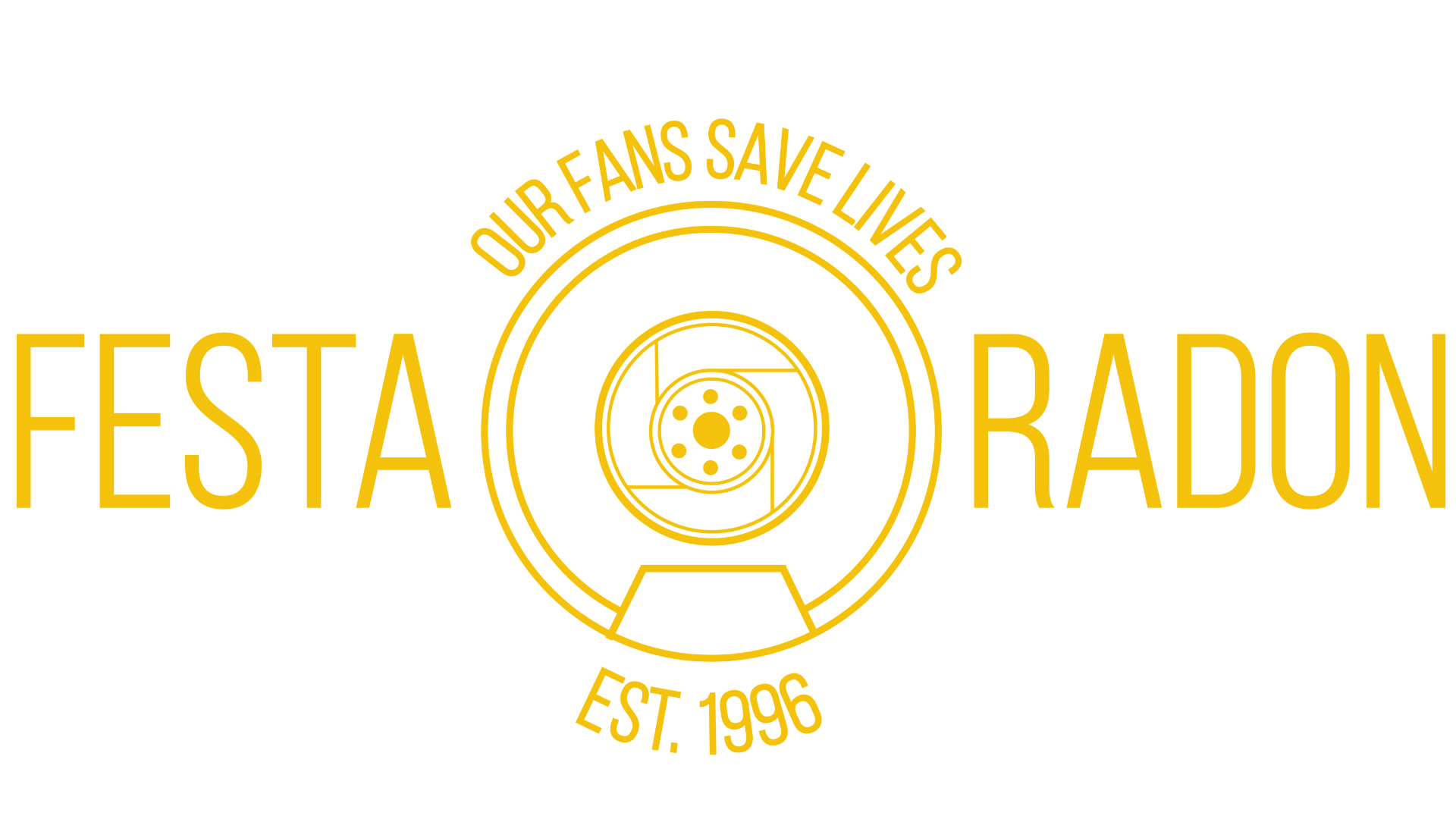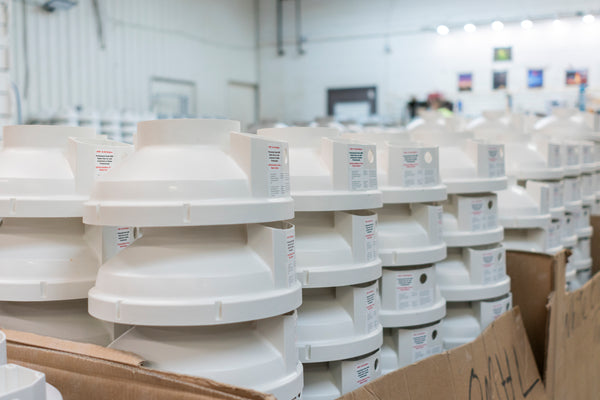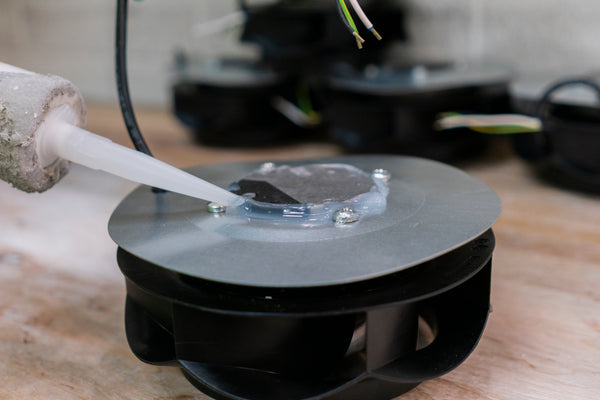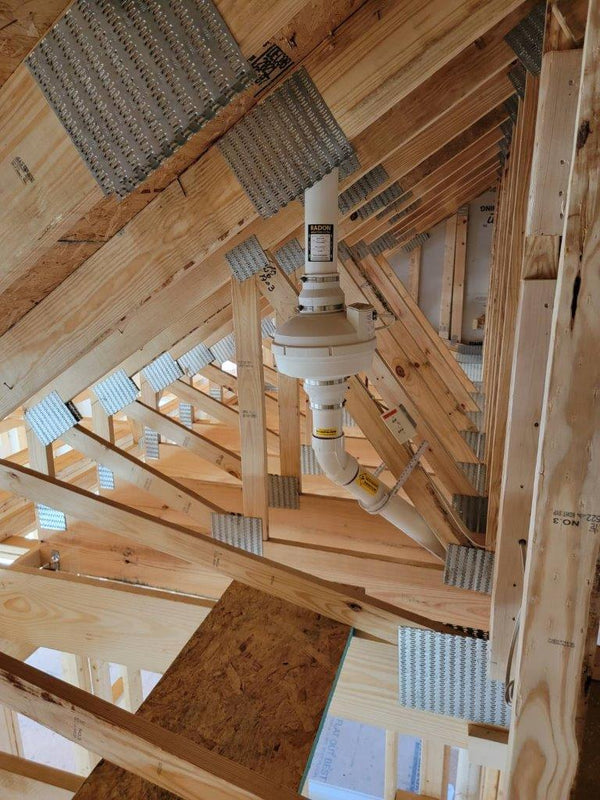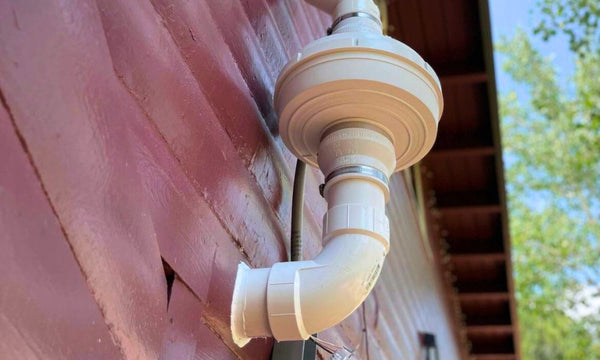
How Do Radon Gas Mitigation Systems Work?
Radon is a colorless, odorless, and radioactive gas that is a by-product of the breakdown of uranium in the soil. It often creeps into homes and buildings through small cracks or gaps in the foundation. If a radon problem goes unmitigated, it can cause lasting health problems for residents of the home. Radon exposure is the second leading cause of lung cancer in the U.S.
Luckily, an entire industry is devoted to effective and long-lasting radon mitigation. If you’re wondering how radon gas mitigation systems work, learn more from Festa’s handy guide below.
What Is Active Radon Mitigation?
There are two main methods of radon mitigation in homes: active and passive. Passive radon mitigation systems consist of a suction pit in the basement and a vent pipe that reaches a higher floor of the house. Passive systems utilize natural pressure differentials to remove radon from the home.
Meanwhile, active radon mitigation incorporates a powerful radon exhaust fan to vent out the gas more forcefully. If the radon levels in your home exceed 4.0 pCi/L, the EPA recommends you take steps to mitigate the problem in order to avoid adverse health effects. A radon fan will pull that radioactive gas out of the suction pit in the basement and force it outdoors before you can breathe it in.
Anatomy of an Active Radon Mitigation System
Now that you have decided to mitigate high levels of radon in your home, you should learn more about the components of an effective mitigation system. How will active radon mitigation work in your home?
Suction Pit
Because radon’s most common entry point is through a structure’s foundation, your local radon mitigation expert will likely create a suction pit in the basement. They will drill a small hole in the foundation, just wide enough to fit the PVC vent pipe. When the radon mitigation system is up and running, the fan will pull radon up from the suction pit, taking advantage of natural pressure differentials.
PVC Vent Pipe
The vent pipe is one of the most essential components of any radon mitigation system. It extends from the basement suction pit all the way up to the location of the radon fan. All joints and gaps in the piping should be sealed tightly to prevent radon from seeping out.
Radon Fan
The radon exhaust fan makes a mitigation system active instead of passive. Radon fans are often installed outside attics or a first-floor window to vent radon safely outside. When the radon fan is on, it utilizes differences in pressure to pull radon from the suction pit and push it outdoors. At Festa Radon, we manufacture our own line of high-powered radon fans that will vent radon out of your home for years.
Good To Know:
Because radon fans are installed outside the home, adding an outdoor radon fan cover can protect the fan from weather-related wear and tear. Get plenty of years of use from your radon fan by shielding it from the elements!
Manometer (U-Tube)
A manometer is a small tube curved into a U shape (hence the nickname, U-tube) that displays the amount of pressure inside the piping. This little device measures the difference in pressure between the inside and outside of the mitigation system. Each prong of the U shape should contain different levels of liquid. The only manometer readings that should cause you concern are the following:
- Zero: Your radon mitigation system is not receiving any power
- Equal lines: The system is not producing enough suction
- Max pressure: The system is producing too much suction
How the Mitigation System Works
Active radon mitigation employs the principle of negative pressure to pull radon gas out of your home. When the fan is operating, it creates a vacuum in the suction pit that draws the gas out of the ground beneath your home’s foundation. The negative pressure in the soil under your home causes airflow that pulls radon through the vent pipe and pushes it out of your home.
That suction pit in your basement creates a path of least resistance for radon gas to escape; the only way out is through the vent pipe! The fan maintains a steady airflow, which continuously draws radon gas out of your home. With continuous active radon mitigation, that dangerous gas won’t build up to hazardous levels.
Benefits of Active Radon Mitigation
Why install an active radon mitigation system in your home? The most obvious benefit is the protection of your and your household’s health. Years of exposure to high levels of radon can lead to lung cancer, as radon progeny particles damage lung tissue.
Active radon mitigation works more effectively than passive mitigation to vent radon out of your home. Radon fans are low maintenance and don’t require a great deal of electricity, so once your system is up and running, you won’t need to think about it often. Active radon mitigation is more economical than you may think!
If you are planning to sell your home, consider installing a radon mitigation system. The system’s presence could increase the value of your home, as potential buyers like to see added safety measures. Installing an active radon mitigation system is an investment in the health and future of everyone who lives in the home.
When you consider the safety of your home, don’t forget about the many benefits of active radon mitigation. Understanding how radon gas mitigation systems work provides you with foundational knowledge of how and where radon builds up indoors. Active radon mitigation is a proactive measure that reduces the levels of radon gas in your home, ensuring a healthier living environment for you and members of your household.
If the radon levels in your home exceed the EPA’s recommended action level of 4.0 pCi/L, take your safety into your own hands! Contact a radon expert to install a high-quality active radon mitigation system in your home. Enjoy the peace of mind that comes from knowing you’re safe from the dangers of this radioactive gas.

